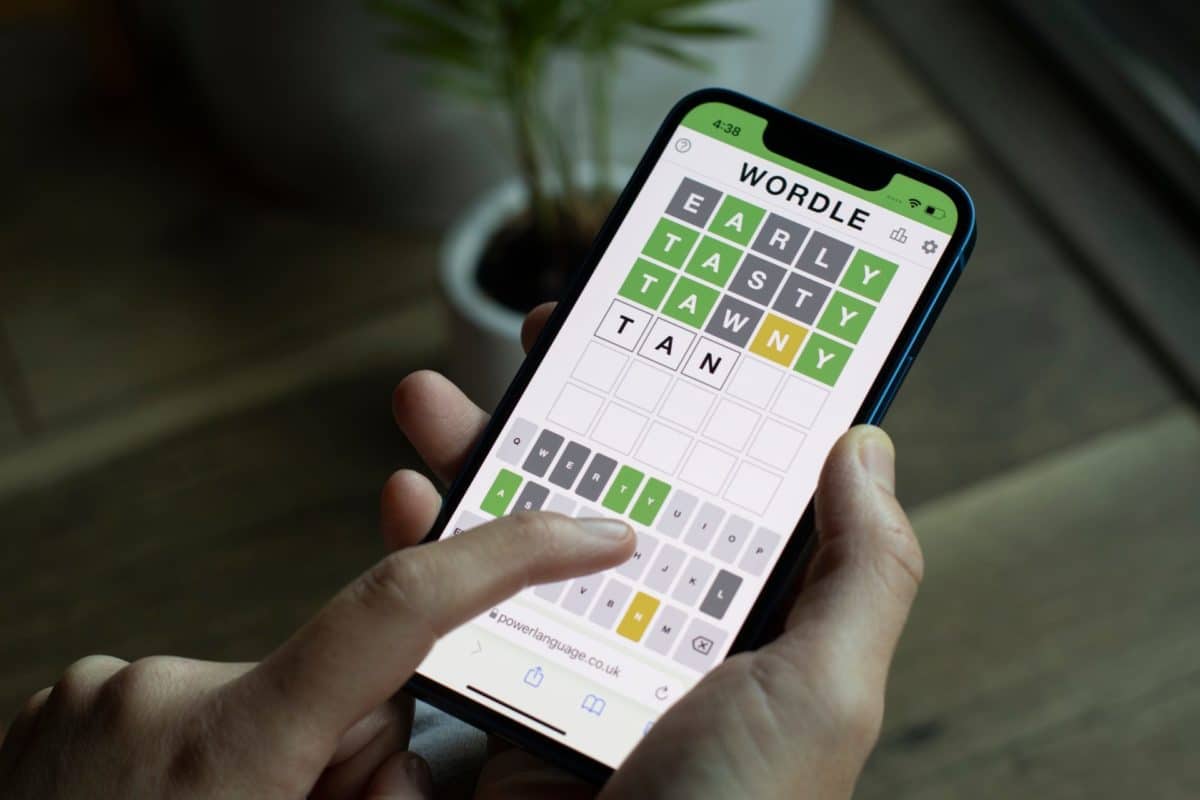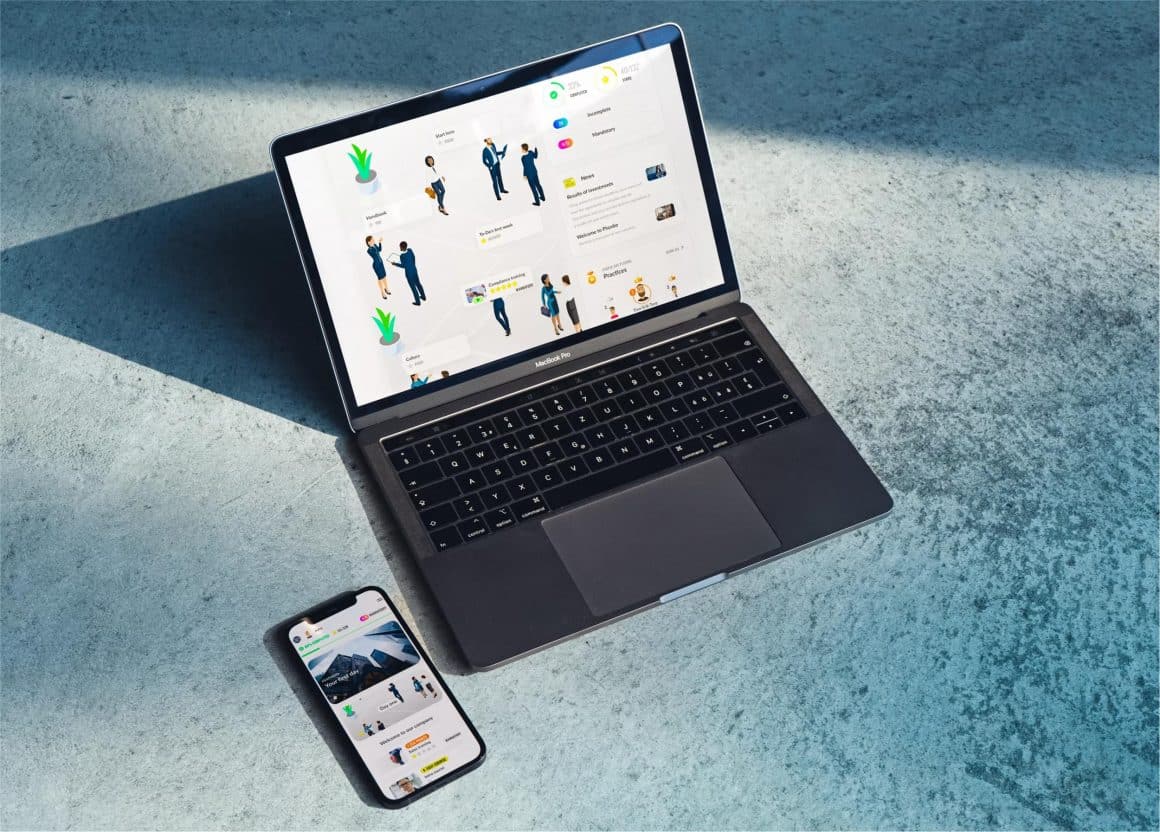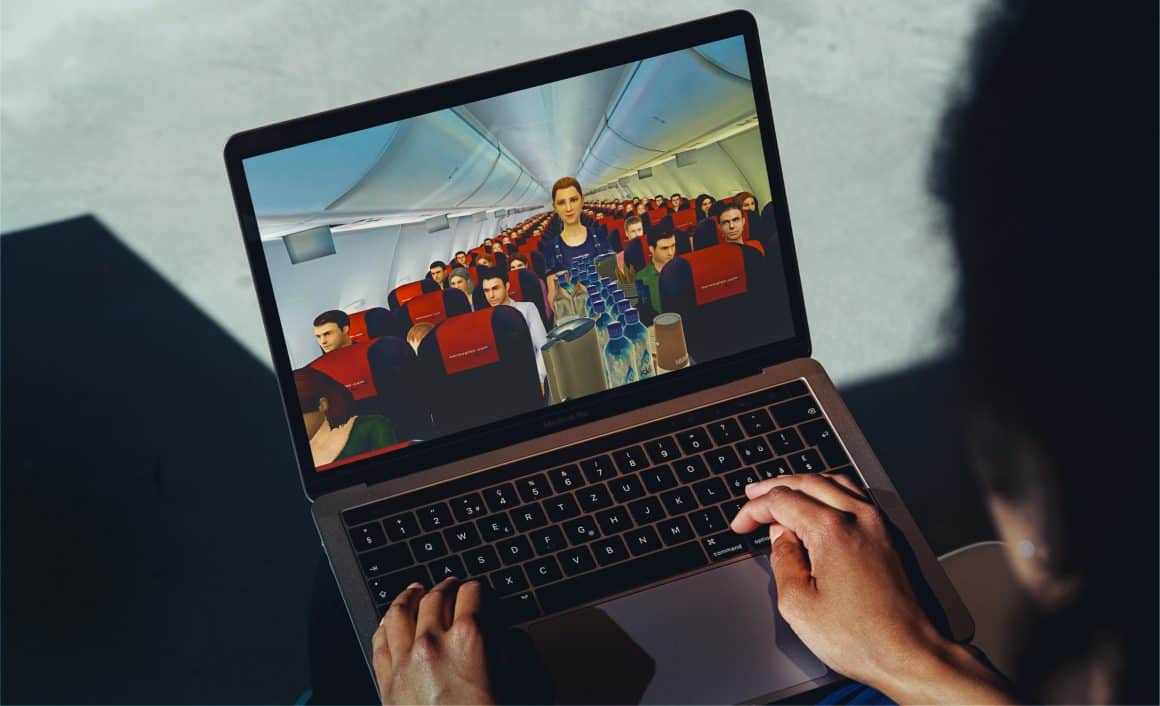If you’re new around here, Wordle is the daily guessing game where players have six attempts to figure out a daily word.
Why are we talking about it now? Well, the game has shot from relative obscurity and around 90 daily users in late 2021, to over two million players and headlines in early 2022.
Creator Josh Wardle (we see what you did there Josh!) introduced new sharing mechanics that allows players to share their results with friends on social media. And the rest as they say, is history.
But what about this relatively simple but well executed idea that has catapulted it to success?
It’s quick
If there’s one thing we know about people in 2022, it’s that their time is short. What’s also important to note is that attention spans are short too.
There is a range of research around this area. But according to this infographic from Wyzowl, our attention span decreased from around 12 seconds in the year 2000 to just 8.25 seconds in 20151. It seems we really do have the attention span of a goldfish.
Game creators have a challenge on their hands. Either create something super fast or design something with a number of add ons to keep the player interested. Wordle is a prime example of a super-fast, super simple format. Something like the international success Candy Crush Saga for example, caters for the latter.
At Attensi, we’re always looking for the best way to combine gaming with learning and development. With that in mind, all modules are all designed to be completed in bite-size chunks. Not only does this make things manageable from a timing perspective for players, it makes information received a lot easier to retain.
This has possibly contributed to Wordle becoming the success it’s been within the Attensi team. It’s a quick way for everyone to connect, engage and have fun at the start of the day.
It’s simple
Sometimes the best things in life are simple.
It doesn’t take a long time to learn the rules of Wordle. It’s a pretty simple concept. And that’s the draw. Wardle hasn’t overcomplicated his game. In fact, it was created to entertain his puzzle loving partner as a daily brain teaser.
In an increasingly more technologically advanced world, it seems many of us are craving that more simplistic form of gaming as an antidote for the information overload we find ourselves in 2022.
Speaking in a Guardian article about Wordle, lead of the game design course at Southampton University, Adam Procter commented, “the internet is in a really bad place at the moment, but this is great because it’s not doing all those nasty things. It’s what the web was like when we first had it, it was much more playful.2”
Chatting in an article in the Daily Telegraph, Wardle said, ‘“I think people kind of appreciate that there’s this thing online that’s just fun. It’s not trying to do anything shady with your data or your eyeballs. It’s just a game that’s fun.3”
Attensi applies this same simplistic approach to our modules as much as possible. While the technology building the simulations is highly sophisticated, we always try to maintain a simple user experience so that players can move through their training with ease.
It’s social (and competitive)
Here’s where Wardle’s seemingly small change appears to have made all the difference. By introducing the sharing mechanics, Wardle opened up Wordle to the wider world (try saying that 5 times in a row!)
Now you can share your results on your social media and take on your friends in a daily competition. And even better? You can brag about it to your other friends on a daily basis!
Why are we so competitive? It all stems back to the principles of ‘survival of the fittest’. Competition is quite literally a natural consequence of human evolution. Obviously beating your friends on Wordle doesn’t quite carry the same high stakes as finding a mate or shelter, but we still get a kick out of being ‘the best’.
When you win, your brain releases that sweet, happy hormone, dopamine. This can become addictive. Many game designers have now introduced caps on how many lives you get in any single time period. Once you’re out of lives, you must wait to play again. This is the case in Wordle. The simple setup of one word a day keeps players coming back again and again.
We wanted to harness this innate competitive spirit in our Attensi gamified simulations. The ability to play and compete with others not only makes the experience more enjoyable, it’s a reason to return to the training multiple times; players always want to beat their score or their colleague’s score. It’s human nature!
It gives you data
Data is one of the key things that helps us learn and improve performance – whether it’s Wordle, sports or even workplace training. This is a seemingly simple feature of Wordle – but it’s captured the interest of players around the world.
Did I guess the word in 6 guesses or 3? On average, how many guesses do I need before I guess correctly? How can I improve this average? What letters come up most commonly? How can I use them to my advantage?
You get the picture.
For us at Attensi, we knew that we needed to incorporate real, measurable, usable data into our training offerings. Not only to allow learners to see a visual representation of their progress, but also for organisations to know that the training they’re offering is working.
Too many organisations had historically invested heavily into learning and development programs that yielded little to no results. The main reason? No one could measure how successful the training had been. Subsequently, they couldn’t evaluate their ‘return on learning investment’.
Whether you’re a word nut on Wordle or you’re joining us for your organisation’s latest L&D program, there’s plenty that learning and development teams can take away from gaming. As technology in gaming evolves, so will we.
To talk to us about how you can transform your training with gamified simulations, talk to one of our experts today.




